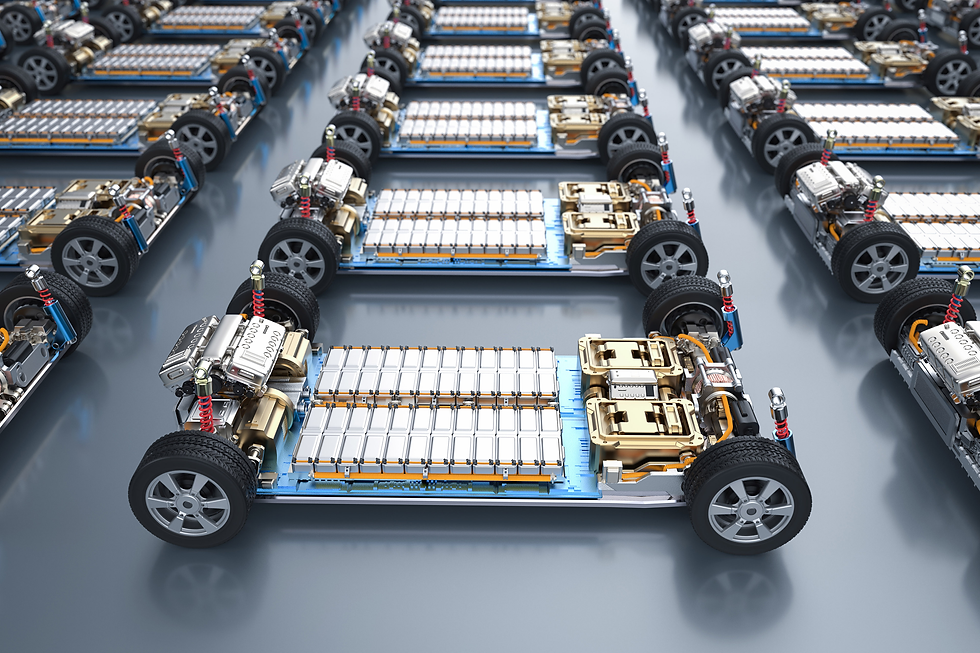How 5G is Revolutionizing Smart Cities and IoT
- 1881 Software

- Jan 2
- 2 min read
In the fast-paced world of technology, few advancements hold as much transformative potential as the rollout of 5G networks. This next-generation wireless technology is not just about faster internet speeds; it’s a game-changer that’s revolutionizing how smart cities and Internet of Things (IoT) devices operate. From enhancing urban living to enabling new business opportunities, 5G is laying the foundation for a connected future.

What Makes 5G Different?
5G stands apart from its predecessors due to its remarkable capabilities:
Unprecedented Speed: With speeds up to 100 times faster than 4G, 5G enables real-time data transmission.
Ultra-Low Latency: Latency as low as one millisecond ensures near-instantaneous communication between devices.
Massive Connectivity: 5G can support up to one million devices per square kilometer, making it ideal for densely populated urban areas.
Improved Reliability: Enhanced network stability ensures seamless performance even under high-demand conditions.
These features make 5G the ideal backbone for smart cities and IoT ecosystems.
Revolutionizing Smart Cities
Smart cities leverage technology to enhance the quality of life for their residents. With 5G, the potential of smart cities can be fully realized:
Intelligent Transportation Systems
Connected Vehicles: 5G enables Vehicle-to-Everything (V2X) communication, allowing cars to communicate with each other, traffic lights, and road infrastructure.
Real-Time Traffic Management: Traffic flow can be optimized using real-time data, reducing congestion and improving safety.
Efficient Public Services
Smart Utilities: 5G-powered IoT devices can monitor and manage utilities like water, electricity, and gas, leading to efficient resource use and reduced waste.
Responsive Emergency Services: Real-time data sharing improves response times for police, fire, and medical emergencies.
Enhanced Urban Living
Smart Lighting: Streetlights equipped with IoT sensors can adjust brightness based on activity levels, reducing energy consumption.
Environmental Monitoring: Air quality, noise levels, and other environmental factors can be tracked and managed in real-time.
Empowering IoT Innovations
The Internet of Things thrives on seamless connectivity, and 5G provides the ideal platform for IoT devices to flourish:
Home Automation: Smart homes equipped with IoT devices can communicate more efficiently, enhancing convenience and security.
Healthcare Advancements: Wearable health devices can provide real-time monitoring and remote diagnostics.
Industrial IoT (IIoT): In manufacturing, 5G enables precision monitoring, predictive maintenance, and robotics.
Overcoming Challenges
While the benefits are immense, the transition to 5G faces several challenges:
Infrastructure Costs: Deploying 5G infrastructure requires significant investment.
Security Concerns: With more devices connected, ensuring cybersecurity is a critical priority.
Digital Divide: Ensuring equitable access to 5G technology is essential to avoid widening the gap between urban and rural areas.
A Vision for the Future
The integration of 5G into smart cities and IoT ecosystems represents a significant leap forward in technology and urban development. By enabling faster, more reliable, and more connected systems, 5G has the potential to redefine how cities operate and how people live and interact with technology.
As 5G networks continue to expand, we’re on the cusp of a truly connected world where innovation knows no bounds. From smarter homes to safer cities, the possibilities are endless.




Comments